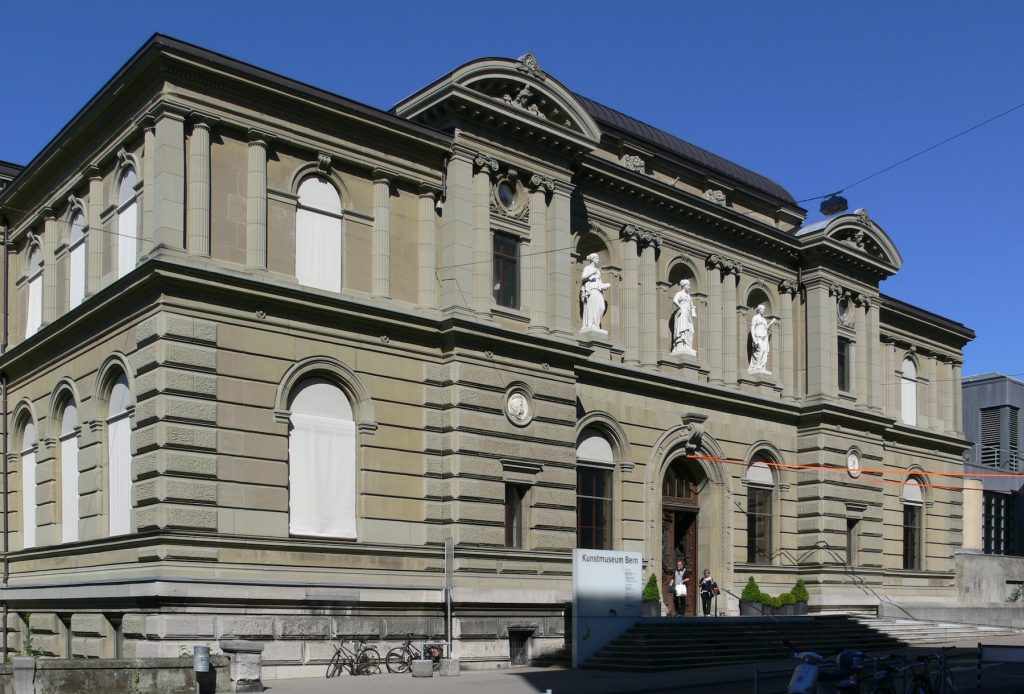Law & Politics
Gurlitt Art Trove Will Go to Bern Museum, Munich Court Rules
It could take two more years before all the artworks' provenances are clarified.

It could take two more years before all the artworks' provenances are clarified.

Hili Perlson

A Munich Court ruled today that Cornelius Gurlitt, son of Hitler’s art dealer Hildebrand Gurlitt, was of sound mind when he wrote his will bequeathing his extensive, and controversial, art collection to a Swiss museum in April 2014.
The reclusive art hoarder left his trove to Bern’s Museum of Fine Arts when he died aged 81 in April 2014. In November that year, his cousin Uta Werner launched a counter-claim for the inheritance, claiming Gurlitt was suffering from dementia at the time he drew up the will.
But the higher regional court in Munich has rejected the challenge to the will, deciding today that it was valid, the Deutsche Presse Agentur (DPA) reports.
Further appeal was not granted by the court. Nevertheless, this may not mean the end of the legal battle over the inheritance, as the Munich court said its decision had no binding force in any civil lawsuit.
The Bern museum, which accepted the donation back in November 2014, responded with relief. “We’re delighted and relieved by the court’s decision,” said Marcel Brülhart from the Bern Museum of Fine Arts, adding that the inheritance had so far cost the museum around $1.46 million, Swissinfo reports.
Meanwhile, Werner said she regretted the court’s decision. She believes the court failed to recognize the “extent of her cousin’s confusion,” which she claims should have been clear from the fact that Cornelius Gurlitt was convinced he had to safeguard the valuable artworks from the Nazis. “That the only way he thought he could do this was by sending the collection to Switzerland is an unquestionable expression of his sad confusion,” she said via a spokesperson.
The decision concerns a trove of around 1,500 artworks, including paintings, lithographs, and woodcuts by Pablo Picasso, Claude Monet, Paul Cezanne, Ernst Ludwig Kirchner, Otto Dix, Henri Matisse, Pierre-Auguste Renoir, and Gustave Courbet. The hoard was found in 2012 and 2014, in Gurlitt’s Munich and Salzburg apartments respectively.
Nearly 100 artworks have been established as Nazi loot so far by the German Center of Lost Cultural Property, which took over the provenance research earlier this year. They replaced the 14-member government-appointed task force; their committee agreed on the provenance of only 11 artworks in the 1,500 piece collection, after spending two years and €1.8 million ($2 million) in public funds, and only five works were identified as Nazi-looted art.
In an interview with DPA, Bern museum’s Marcel Brülhart said that provenance research could take up to two more years, at the end of which the works will go on display in a double-exhibition at the Bundeskunsthalle Bonn, Germany, and the Kunstmuseum Bern, in Switzerland.